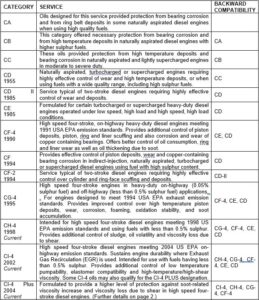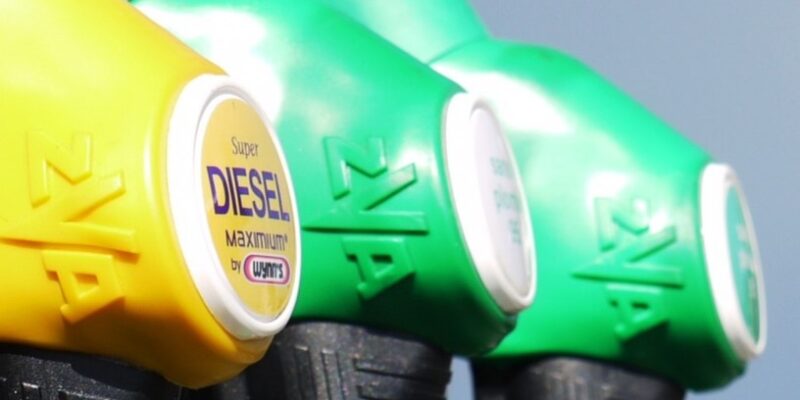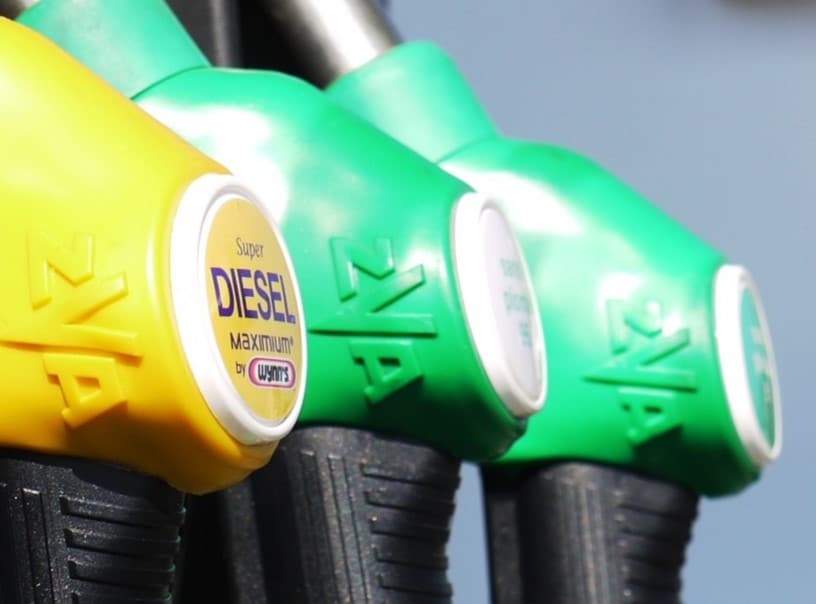The American Petroleum Institute (API) Engine Oil Licensing and Certification System provides a simple designation of letters and numbers that allows engine manufacturers and oil marketers to provide users with the information they need to ensure that the proper oil is selected for an engine.
Each letter/number designation identifies a service category (e.g. CI-4) which is linked to a series of tests that the oil must pass before it is allowed to carry that designation. The API “S” series describes oil standards for petrol engines (see OilChat #8) while the API “C” series defines oil standards for diesel engines as summarised in the table below:


One of the reasons for the obsolescence of the older categories is a lack of facilities and parts to run some of the key engine tests required for qualification. API Oil Service Categories CA, CB and CC should no longer be used in diesel engines unless specifically recommended by the equipment manufacturer.
API released the ‘intermediate’ category CI-4 Plus during 2004 as corrective action to tweak CI-4 since these oils were not performing as they were originally intended to do in all applications. CI-4 PLUS closes a small but very real gap between the expected conditions of 2002 low-emission engines and what was actually taking place in the real world.
By consent decree engine manufacturers were required to comply with the US Environmental Protection Agency (EPA) emission standards set for 2004 as early as from October 2002, 15 months ahead of the scheduled date. As a result, both engine manufacturers and lubricant formulators had to alter their product development timelines drastically. In fact the CI-4 category was only finalized in December 2001, a mere ten months before the revised introduction date of the new low-emission engines. That created a situation where 2002 engines were being designed and developed parallel to the oil, rather than in sequence. Actually CI-4 was the first oil to be developed without engines being available to test prototype oils. Although CI-4 proved to be generally effective, oil companies and engine OEMs found that in some instances the soot being generated by cooled Exhaust Gas Recirculation (EGR) was much higher than expected. In addition, it was practically a different kind of soot that thickened the oil much more rapidly. A few OEM’s also discovered that certain engines required better oil shear stability than that specified by CI-4. Consequently CI-4 oil formulations had to be adjusted to handle what was happening out in the field and API CI-4 Plus was introduced in 2004.
CI-4 Plus was designed to offer better viscosity control, greater soot loading capability and improved shear stability. Another benefit of CI-4 PLUS is its potential to extend oil drain intervals. However, CI-4 PLUS oils come with a price premium over CI-4 and therefore CI-4 PLUS only benefits a limited percentage of the market. API CI-4 Plus was superseded in 2006 by CJ-4 oils with additive systems specially designed to improve the protection of both the engine and advanced emissions control systems.
API is scheduled to introduce two new diesel engine oil categories late 2016 / early 2017. These are API CK-4 and API FA-4. This is the first time since 1994 that an API diesel engine oil standard has been split into two categories. Part of the impetus for this deviation stems from U.S. EPA regulations to reduce greenhouse gas (GHG) emissions and improve fuel economy for diesel engines. The new categories are created to address these mandates, enabling new advancements in diesel engine design, improving fuel economy through the use of lighter viscosity oils and enhancing engine durability through improved additive chemistry, as well as base oil selection.
Performance criteria for API CK-4 and FA-4 are summarized below:
API CK-4 describes oils for use in high speed four-stroke diesel engines designed to meet 2017 model year on-highway and Tier 4 off-road exhaust emission standards, as well as for previous model year diesel engines.
API FA-4 describes certain XW-30 oils specifically formulated for use in on-highway, high speed four-stroke diesel engines designed to meet 2017 model year on-highway greenhouse gas (GHG) emission standards.
Finally it should be mentioned that it is possible for engine oil to conform to both API diesel and petrol standards. It is common that diesel rated engine oils carry “corresponding” petrol specifications. For example, API CJ-4 oils will almost always list either SL or SM, while API CI-4 will normally conform to SL and API CH-4 oils will usually meet SJ, etcetera.
Always consult your vehicle owner’s manual to determine what motor oil you should use, and READ THE LABELS ON THE OIL YOU BUY


